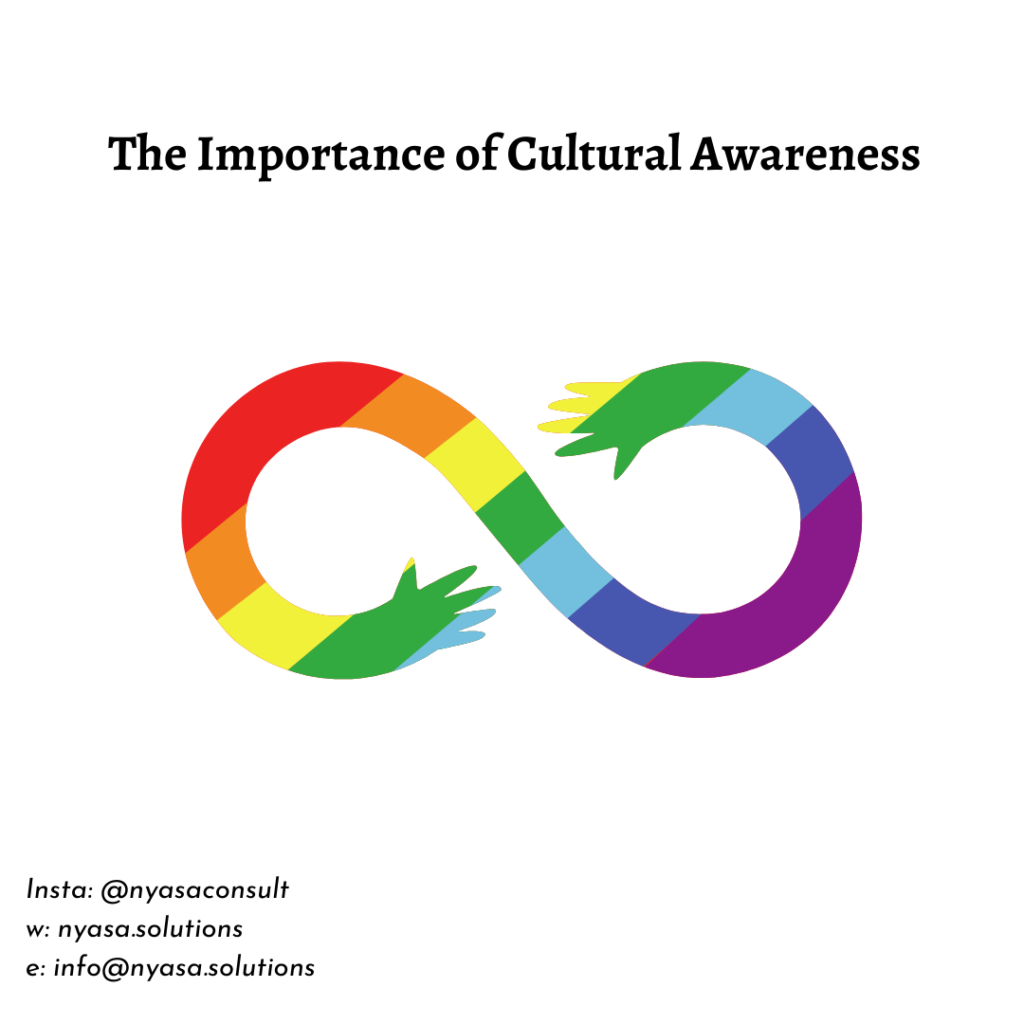In recent years, there has been an increasing focus on diversity within teams. In addition, nowadays it is easy to be in direct contact with colleagues or business relations from other countries. This makes the importance of Cultural Awareness ever greater.
Cultural awareness comes down to understanding cultural differences and being aware of different cultural norms, values , and views. What you are used to or consider normal (work) behavior is largely culturally determined. People with a different cultural background may see the world differently, have different views and beliefs, and exhibit different behavior than you might expect.

Bridging cultural differences
Cultural differences can arise in more formal situations, such as speaking and presenting during meetings, in practical situations, such as interpreting agreements, responding to questions, meeting deadlines, and (especially) in social situations, such as social talk or greeting colleagues. Cultural awareness helps you to understand cultural differences in the workplace. It is an important business skill that improves communication in the workplace. When cultural awareness is complemented by cultural knowledge about customs and social norms and values in a specific country, it allows one to effectively bridge cultural differences. This can lead to greater returns for organizations and teams, apart from personal growth for the people involved.
Cultural pitfalls
We know that many misunderstandings between colleagues from other countries can often be traced back to cultural differences. Cultural differences are sometimes visible, but very often they are not. We often tend to see things not as they are, but as we are: they are colored by our perception. And this can differ per employee, due to his/her culture, which can quickly lead to misunderstandings in the workplace.
A few pitfalls that often arise in intercultural communication:
- Approaching others from our cultural point of view about their culture;
- Assuming that people will be ‘ok’ to adjust to our culture;
- Distrusting others because their social norms and values are different from us;
- Judging others based on their looks, appearance, clothing, accent, etc.;
- Spending little or no time on getting to know the culture better because we feel our culture is superior.
Insight into your own culture with the Culture Profiler
In order to bridge cultural differences, it is valuable to first gain insight into your own ‘cultural preferred style’. This is possible with the help of Nyasa’s unique tool: the Culture Profiler. The Culture Profiler measures your culture profile: it gives you valuable information about your work and preferred style and what challenges there are to effectively communicate and collaborate with people from a different culture. If you have a clear idea about intercultural differences, you can bridge them more easily.
Cultural dimensions
We can distinguish 10 cultural dimensions:
- Hierarchical (high – low)
- Applicability of rules (strict – depending on the situation)
- Orientation base (individual – group)
- Method of reasoning (empirical – theoretical)
- Time management (planned – flexible)
- Risk appetite (high – medium)
- Professional relationships (task-oriented – person-oriented)
- Communication (explicit – implicit)
- Conflict resolution (confrontation – consensus)
- Expressing emotions (internalized – externalized)
These dimensions allow one to compare our own cultural profile with the average profile of colleagues, employees, or customers from other cultures we work with or the country where we work as expats. This makes us aware of the common denominators and the differences (cultural gaps). The score on the dimension can differ per country.
Example: The Dutch vs. the Indians
For example, the average Dutch employee scores high on planning, small hierarchical distance (short lines), adhering to the rules, generally focused on the individual, empirical reasoning, fairly high-risk appetite, predominantly task-oriented, explicit communication, striving for consensus, and is predominantly internalized.
Dutch compared to…Indians.
In India, for example, the work culture is very different. The country has a much larger hierarchical distance, the application of rules is often situational and employees are more focused on the group. Matters are mainly approached theoretically and people are flexible in terms of time management. Moreover, India is more risk-averse, and personal relationships are central. Communication is implicit and emotions are externalized.
More understanding of the other
More empathy, calmness, and understanding for the other, smoother communication, fewer misunderstandings, etc. are usually the result of cultural awareness training: Dealing with cultural differences.
Do you also want to improve intercultural communication within your organization? Please feel free to contact us.

Pingback: Cultural differences can lead to conflicts in the workplace - Nyāsa